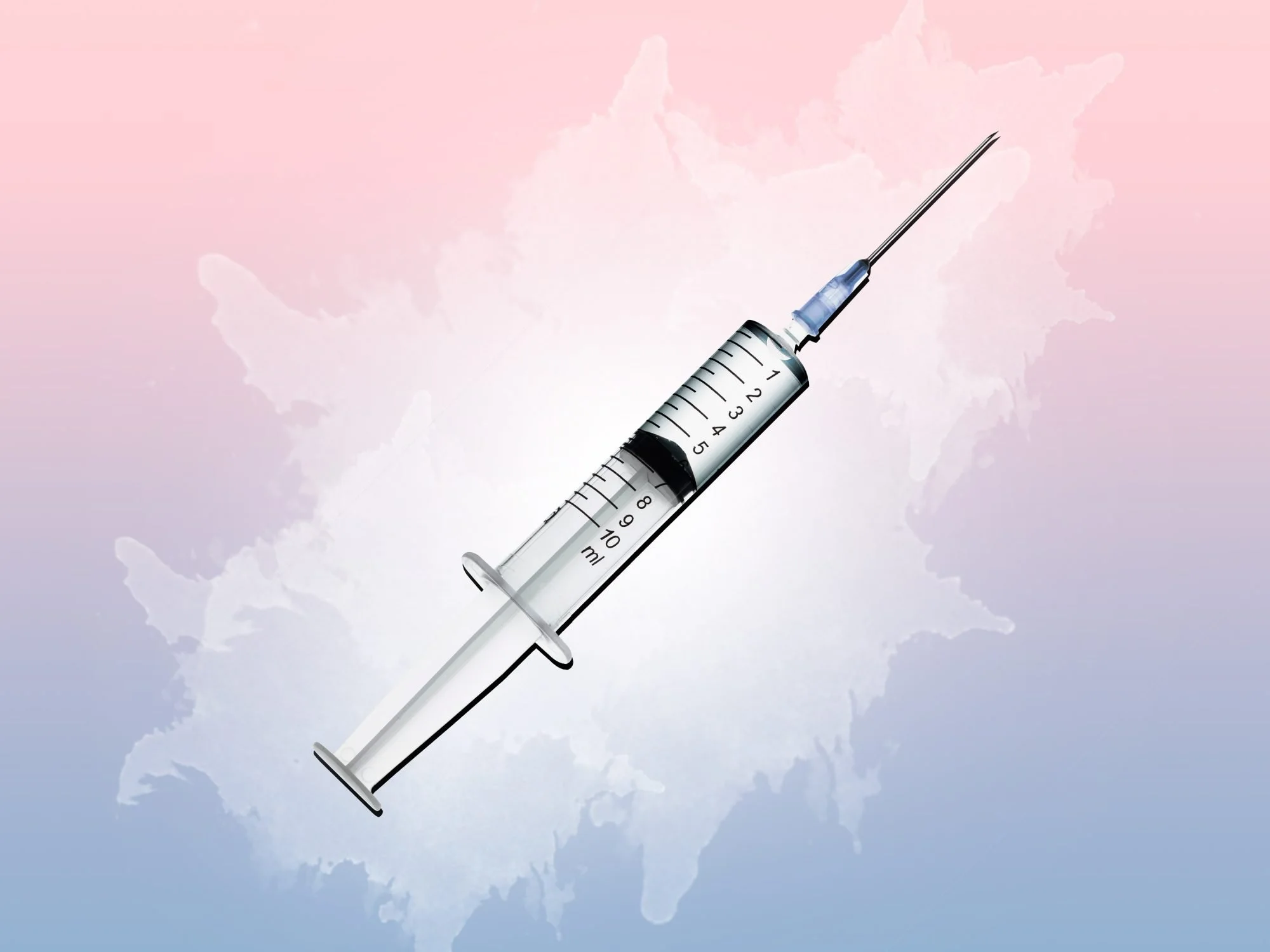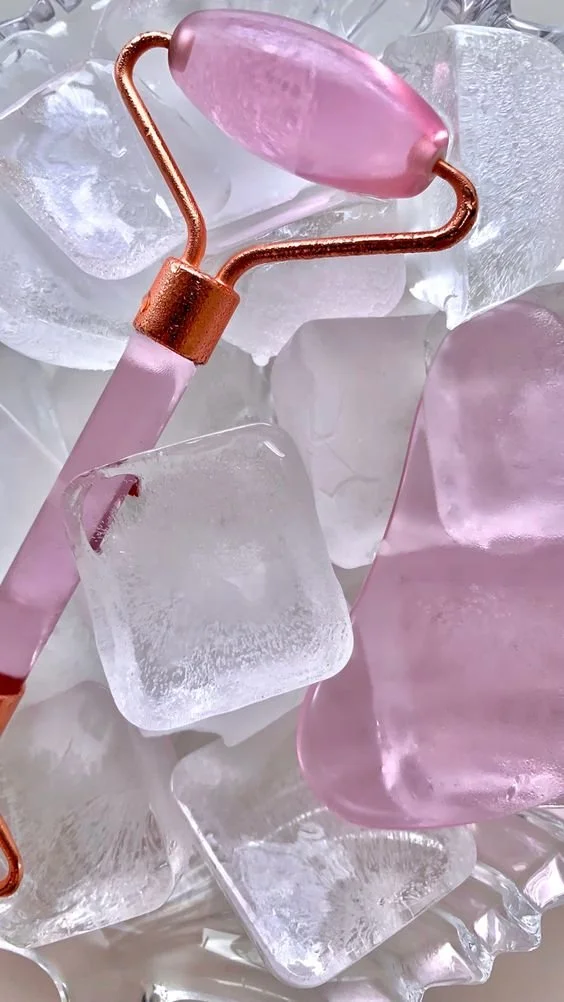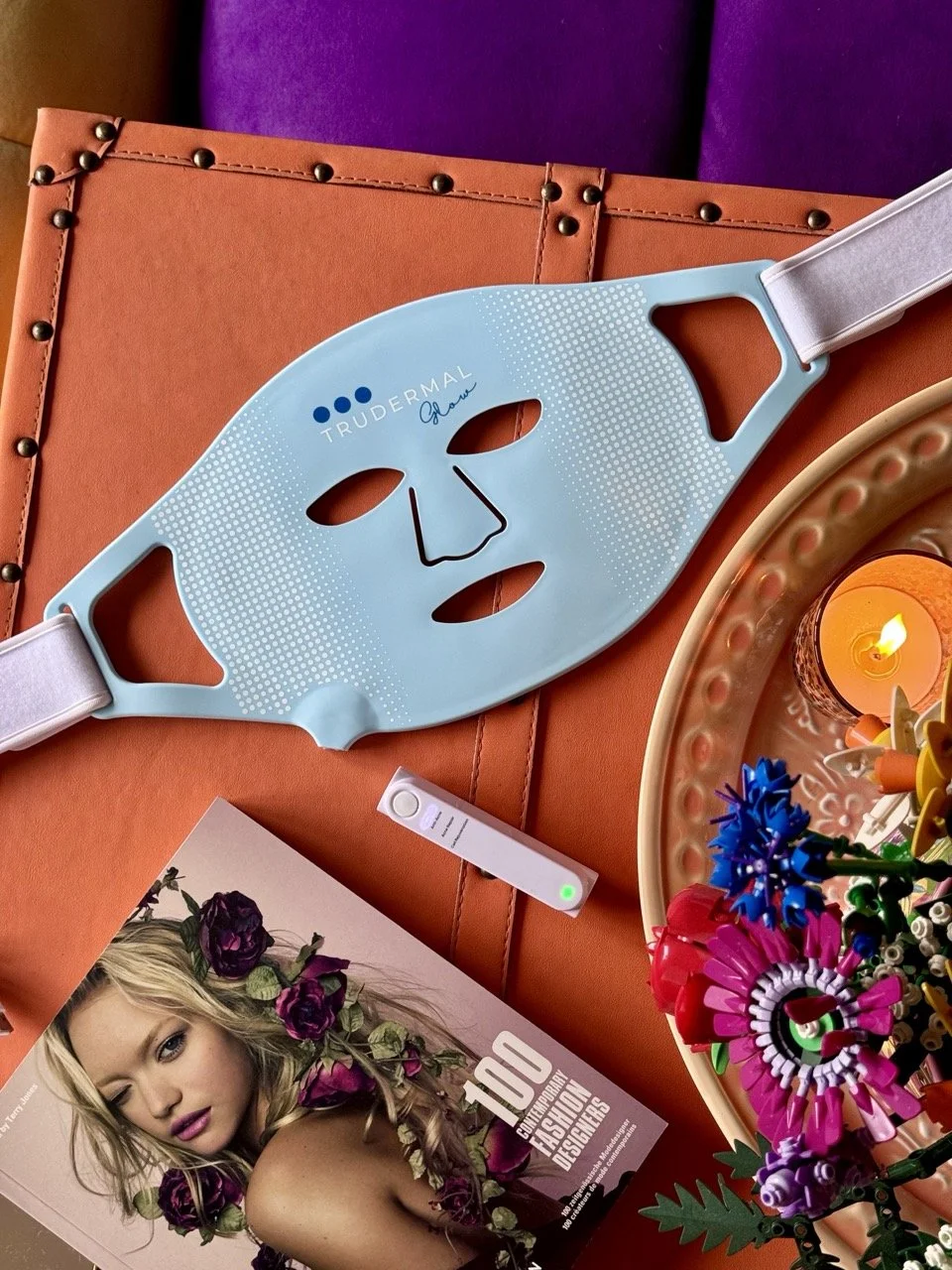Set to be a game-changer for anyone with hyperhidrosis, the new Brella SweatControl Patch could be here in NZ sooner than expected; editor Trudi Brewer shares the news.
“Anyone with hyperhidrosis (excess sweating) will know it’s debilitating. Many people won’t go out in public because of the constant underarm wetness that leads to yellow stains on clothing under their armpits. They won’t wear light-coloured or sleeveless clothes; sufferers have even reported they won’t be intimate.”
The antidote to armpit stains could be Brella SweatControl Patch, a single-use disposable patch developed using the company’s patented targeted alkali thermolysis (TAT) technology to reduce excessive underarm sweating or hyperhidrosis. Defined as excessive sweating and affects around 15.3 million Americans and about three per cent of New Zealanders.
As the name suggests, the Brella is a patch. You wear it for three minutes on each underarm, and this simple treatment could curb sweating for the next three to four months. Administered in a doctor’s office, available by prescription only, and has FDA and will be rolling out globally at dermatologists’ and plastic surgeons’ offices in July 2023.
How does it work?
The patch is an exciting new development in hyperhidrosis treatment, for sure. Still, it’s “based on a very old scientific principle,” says Niquette Hunt, CEO of Candesant Biomedical, the company behind the patch. The principle is a straightforward scientific reaction: Sodium reacts with water to produce heat. Here’s the innovative part: Sweat is about 98 per cent water, so when you wear the sodium-infused patch and water from overactive sweat glands comes into contact with it, you get heat. “The interaction of water and sodium generates a targeted amount of heat, and you get microthermal injury into the sweat gland that inactivates it for a period of time,” says Hunt, explaining that it’s not all that dissimilar to the way skin-tightening and hair removal devices work on the skin. “Many energy devices deposit microthermal energy into the skin to affect a change.” However, instead of being plugged in, the patch is powered by your body - genius. “The mechanism is quite clever,” says dermatologist Dr Robert Anolik. “It’s a completely novel method of sweat reduction compared to other modalities.” He says two of the most popular are Botox injections and miraDry (a thermal-energy device). But the patch “Avoids needles in people who are needle phobic [and] miraDry is a more involved procedure that can lead to (expected and tolerable) swelling and tenderness. The patch could theoretically avoid those downsides; he says, “It’s exciting to have this novel tool.”
Who can use Brella SweatControl Patches?
In clinical trials, 80 per cent of people had no side effects (including slight redness or swelling that resolved within two weeks or less), says Niquette Hunt, CEO of Candesant Biomedical. It could also be a gentler option than topical medications such as Drysol, which can be irritating, or oral medications such as Robinul, which can cause constipation. “Anyone with hyperhidrosis will know it’s debilitating, and many won’t go out in public because of the constant underarm wetness that leads to yellow stains on clothing under their armpits. They won’t wear light-coloured or sleeveless clothes; sufferers have even reported they won’t be intimate,” says DrAnolik. If you experience excessive sweating on other commonly affected areas, like the palms and feet, the good news is that Brella may be able to be used on these areas too. Dr Anolik says, “I’m fairly impressed. I wonder if longer-term exposure beyond three minutes could be tolerated and if it could lead to greater effect.” All of this innovation didn’t come easy: The Brella SweatControl Patch has been in development and testing for seven years. “There were certainly some technical challenges dealing with sodium metal that we overcame — it is very malleable; it’s almost the consistency of clay,” says Hunt. It was “challenging to process it in such a way that gave a uniform sheet that could be delivered (via the patch).” Of three clinical trials that have been conducted on the patch. Dr Anolik explains that one study has been published in a peer-reviewed journal: “It was impressive because it was a well-designed study, and the results clearly show benefits: The control group didn’t improve while the patch-treated patients did. The requirement of just up to three minutes of application is also impressive, making it a very straightforward and simple treatment,” he says. “That all said, this is still a small study, and the endpoint is only six weeks. More is needed to understand it better, but it is exciting to have this novel tool.”
Where to get a Brella SweatControl Patch?
While Candesant Biomedical wouldn’t comment on pricing yet, Hunt said she expects doctors to charge about the same for one session with the patch as they would for a high-end, in-office facial or chemical peel. Regarding prep, your doctor will clean and dry your underarm right before putting on the Brella SweatControl Patch — and you can expect them to ask you to hold off on shaving for a few days before they administer it. “You want to make sure that your skin doesn’t have any cuts or abrasions or things like that,” says Hunt. When the Brella SweatControl Patch goes live in late July, you can find a doctor or dermatologist at Candesant.com.
Brella SweatControl Patches
Source WWD, Candesant.com and Allure.


















Here is expert advice.